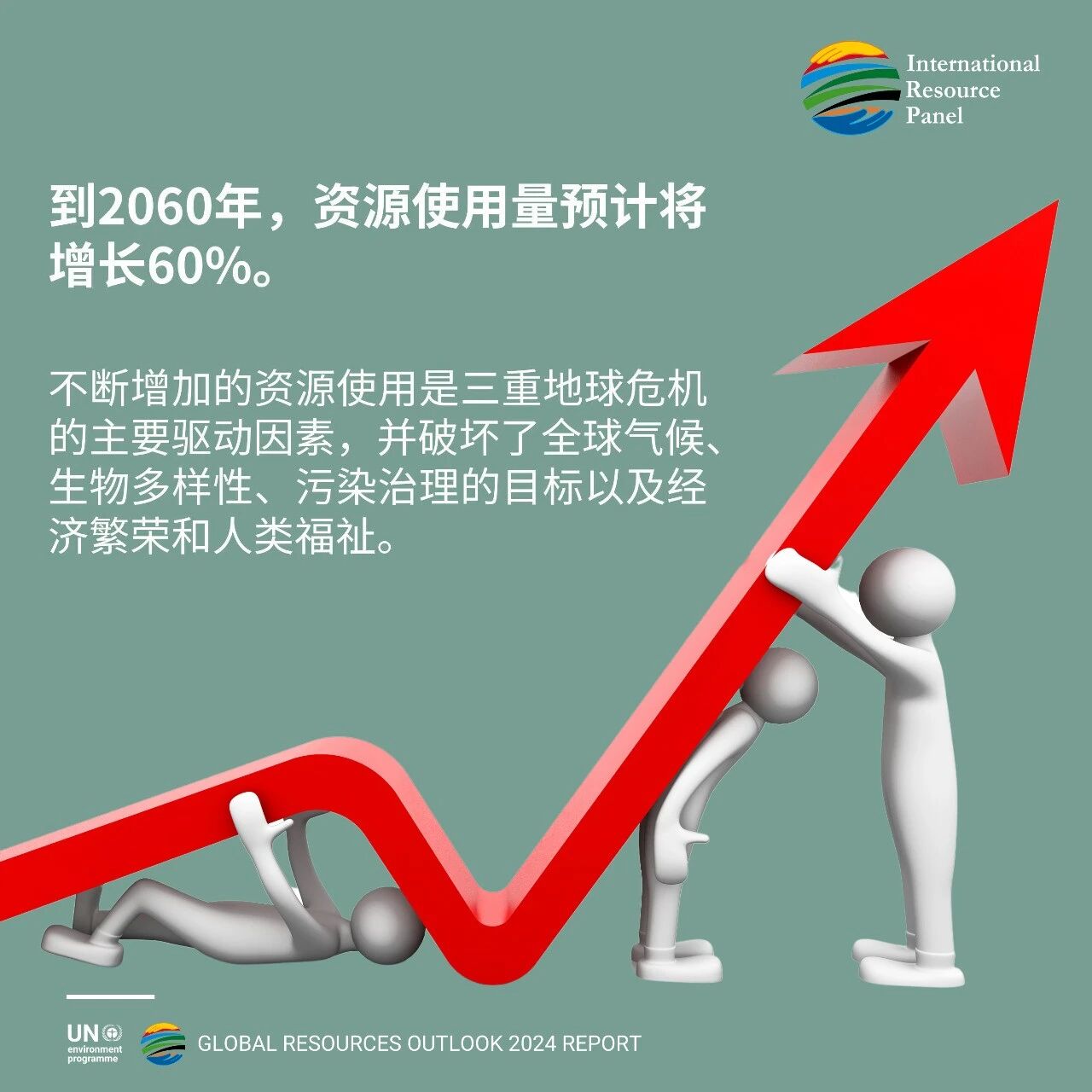

Several countries have already promoted legislation through cross-sector collaboration to protect older workers from age-related discrimination in the workplace.
Image source:Getty Images/iStockphoto/vadimguzhva
Ramsey L. Alwin
President and CEO of the National Council on Aging, USA
To enable people to enjoy their golden years, we need systems, sectors, and policies that support both good health and economic well-being.
A key component of this is developing policies that ensure people aren’t forced to stop working simply because they reach a certain age.
Decision-makers, employers, and the public sector have already collaborated to enact legislation enabling seniors who wish to do so to continue working.
Just like with other aspects of life, growing older is never a journey one undertakes alone. And when it comes to "aging gracefully," this is especially true. It’s precisely the interplay of systems, departments, and policies that collectively create a supportive ecosystem—enabling individuals to age gracefully while enjoying both health security and financial stability.
The world is currently grappling with trends such as the sustainability of public pension systems, the accumulation and depletion of wealth, rapid technological advancements, and the impacts of climate change. Without a strong focus on collaboration, proactive action, and meaningful transformation, achieving real progress will simply be impossible.
This is the United States.National Aging CommissionA profound lesson recognized 75 years ago by the NCOA—and one that remains a guiding principle to this day.
Even simple ideas require collaboration across multiple departments.
NCOA was established inIn 1950, driven by the simple vision of a few forward-thinking individuals—that older adults should have access to sufficient resources to live independently at home for as long as possible while continuing to contribute to their communities—founders recognized that turning this idea into reality would require a multi-sector collaborative approach, bringing together policymakers, civil society, charitable organizations, and private businesses.
Certainly, individuals can take action to improve their own circumstances. However, without the support of infrastructure, these actionsEven if it's not entirely impossible, it still...It will be fraught with difficulties.This is especially true for those already grappling with health or economic challenges. In short, aging with dignity isn’t just about personal resources—it also hinges on the societal systems and environments that shape opportunities.
As recently published in a white paper by the World Economic Forum"Future-Ready Longevity Economy: Innovation and Key Trends"As outlined in "Future-Proofing the Longevity Economy: Innovations and Key Trends," policymakers, employers, financial institutions, and civil society all have the power to make it easier—or more challenging—for individuals to take actions that support active aging.
Enable everyone to work with flexibility.
The founder of NCOA initially argued that people shouldn’t be forced to stop working simply because they’ve reached a certain age. In 1952, the leaders of NCOA and other nonprofit organizations released a report emphasizing that older adults should have "the opportunity to remain employed and continue making meaningful contributions to society—provided they’re willing and capable."
We presented this viewpoint to decision-makers. In 1967, the U.S. Congress passedThe Employment Age Discrimination Act(ADEA) prohibits employers from taking any action against employees aged 40 and older.EmploymentDiscrimination in this area. Just one year later, the government, nonprofit organizations, and employers once again joined forces to push for the implementation of the U.S. Department of Labor's"Elderly Community Service Employment Program"(SCSEP). The program is still operational today, seamlessly integrating government funding, the nonprofit sector's ability to provide job readiness training for seniors, and the private sector's willingness to hire older employees equipped with new skills.
Twenty years later, in 1986, NCOA successfully lobbied Congress to amend the ADEA Act, completely abolishing mandatory retirement policies and ensuring that most employers can no longer force employees into retirement solely based on age.
Clementine McDuffie witnessed the transformative power of this initiative firsthand. As a participant in SCSEP, she honed her office skills at a nonprofit training center—skills that ultimately landed her a stable job as an administrative assistant. "I never imagined I’d still be learning so many new techniques at my age," she shared with NCOA. "This has opened up so many more opportunities for me." Clementine’s story highlights how, no matter your age, the right support and the right opportunities can truly change lives.
Japan's Experience in Addressing Aging Populations
Facing rapid population aging,Japan has also taken similar measures., encouraging seniors to continue contributing to the workforce. The Japanese government firmly believes that staying active and engaged isn’t just essential for economic growth—it also promotes individuals’ overall well-being.
In 2021, Japan updatedThe "Act on Employment Stability for Older Workers" raises the employment protection age to 70. Under the updated legislation, measures now include ensuring job security for seniors, assisting them in re-entering the labor market, and creating employment opportunities across various industries. To support employers in implementing these initiatives, the Japanese government also offers consultations and guidance, along with subsidies designed to help businesses develop or enhance management systems tailored for older employees—such as options for flexible working hours.
Japan's "Silver Human Resources Centers" were first launched in 1974, also with the aim of providing employment opportunities for seniors in communities across the country. These individuals can take on temporary and short-term jobs at public venues such as nursing homes, daycare centers, supermarkets, or parks. In 2021, these centers served 687,000 seniors, whose average age was 74.
Collaboratively Developing the Longevity Economy
More countries need to develop roadmaps to foster this cross-sector collaboration and drive systemic transformations in the longevity economy. From modernizing retirement systems and boosting participation in retirement savings to expanding access to lifelong learning and flexible work structures, a practical and actionable plan is essential.
We know that significant change is indeed achievable. But it will require“Mobilize the entireSociety"The Power of Strength"Now, let's get moving!

The above content solely represents the author's personal views.This article is translated from the World Economic Forum's Agenda blog; the Chinese version is for reference purposes only.Feel free to share this in your WeChat Moments; please leave a comment at the end of the post or on our official account if you’d like to republish.
Translated by: Sun Qian | Edited by: Wan Ruxin
The World Economic Forum is an independent and neutral platform dedicated to bringing together diverse perspectives to discuss critical global, regional, and industry-specific issues.
Follow us on Weibo, WeChat Video Accounts, Douyin, and Xiaohongshu!
"World Economic Forum"


